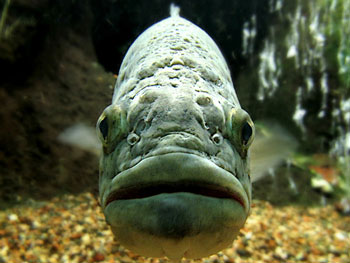The Old Standby: How to Make Fish and Chips
June 27, 2013Live Bait: Some Popular Favorites
July 8, 2013There are a lot of “truths” fishermen believe in that they depend on time and time again to help find big fish. Methods, ideologies, and traditions that, when put in to practice, seem to work and become ingrained in the way we fish. If you ask hundreds of fishermen what their best practices are, you will get hundreds of different versions of what the best times, conditions, and instruments are. Striper fishing is especially laden with myths, with many believing the best fishing is before a storm or at night — but never after it’s rained or during a full moon at night. But can all these be true?
One very common rule has to do with lilacs. It’s been said that when lilacs bloom, you can expect stripers in your area. This undoubtedly has some bit of truth in it, as lilacs usually bloom around April or May, right around the time water is (usually) becoming warm enough for stripers. Stripers tend to be most abundant in waters 52 degrees or warmer, and their search for this temperature usually accounts for their moving or staying deeper below the surface. Flowers tend to bloom when the temperature at night no longer dips below 50 degrees … so these things add up. However, is this just coincidence, or are the two really linked together?
Environmental changes do undoubtedly play a big part in finding fish, especially at the beginning of the season when the water is just beginning to warm. However, there will always be some variables, some things that change from year to year, affecting how we fish. That spot at which you can always find stripers because of the way the wind shifts and the water moves through the rocks? It could have experienced major erosion over the winter from the rocks in the water moving around, sands shifting, you name it. Suddenly, the fish aren’t gathering where they used to. That one spot you always fished from, it may change. You may find that you are finding new methods, new beliefs about fishing on that beach. The truth changes a bit.
Ultimately, environment does affect fishing, but there certainly is a gray area when trying to figure out just how much it determines result. Establishing your own set of beliefs and practices around your fishing is what makes it fun and unique to your style as a fisherman. Ultimately, though, there is always room for change. Perhaps it’s not important that these methodologies be “true,” but just that they work for you.
What are some of your tried-and-true fishing “truths”?

